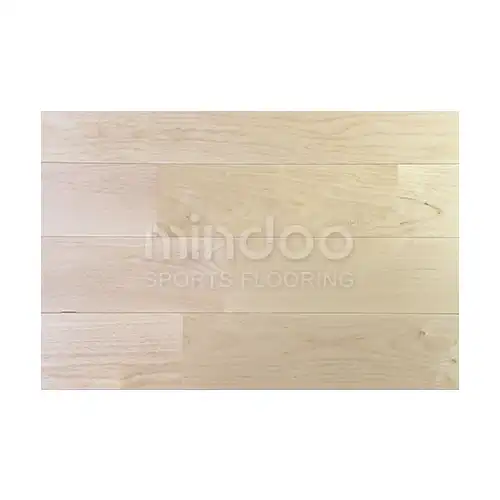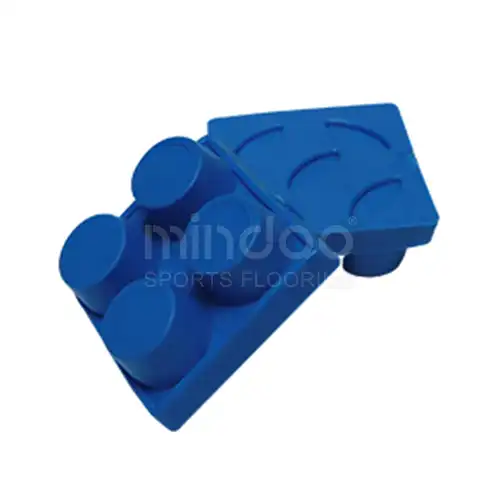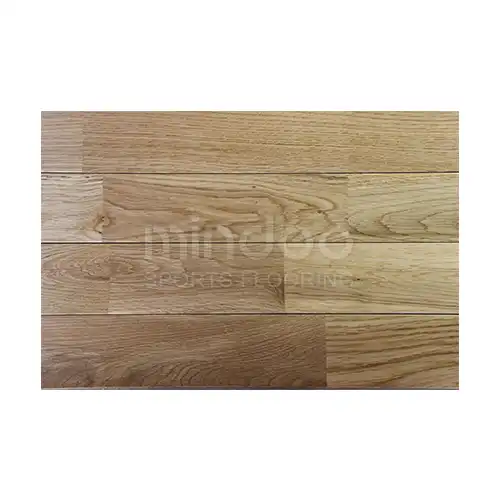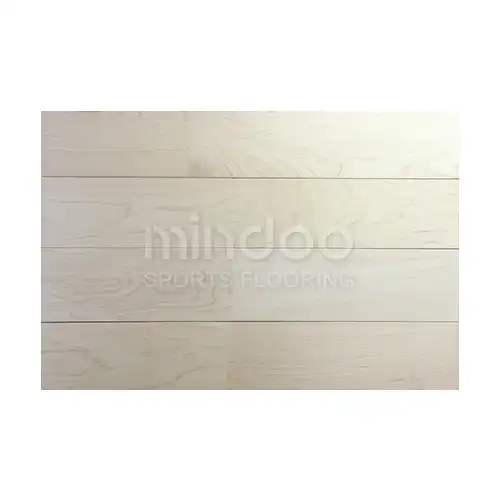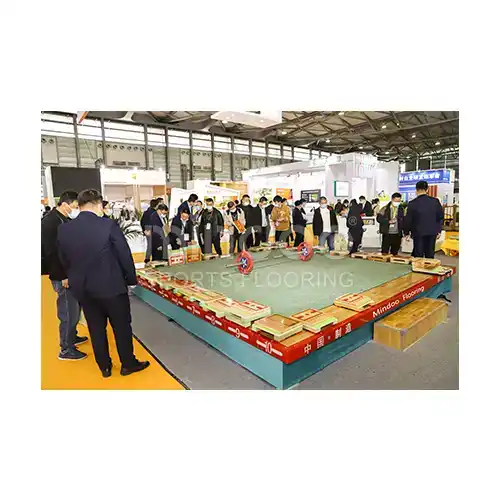The Evolution of Hardwood Sports Flooring in Badminton: From Innovation to Standard
When we think about high-performance sports surfaces, hardwood floors often come to mind for basketball or volleyball. However, one of the most fascinating applications of hardwood flooring, especially in the context of elite sports, is in badminton. This particular choice of material wasn’t always the standard for badminton courts; it evolved over time as a combination of tradition, performance needs, and technological advances. In this article, we’ll dive into how hardwood flooring first made its mark in competitive badminton and why it has become the go-to choice for tournaments worldwide.

The Origins of Hardwood in Badminton
Badminton, a sport that traces its roots back to the mid-1800s, has always had a dynamic relationship with its playing surface. Early versions of the game were often played on grass or sand, but as the sport gained popularity, the need for a more consistent and controlled environment became evident.
In the mid-20th century, as badminton moved into the realm of formal competition, the sport began to transition from outdoor fields to indoor arenas. This shift marked the beginning of a search for a flooring solution that could provide players with the ideal balance of traction, durability, and shock absorption.
While several types of flooring were experimented with—rubberized surfaces, synthetic tiles, and even concrete—it was hardwood that ultimately stood out for its superior qualities. Specifically, it was its smoothness, resilience, and ability to maintain consistent performance under various environmental conditions that made it the favored choice for competitive play.
Why Hardwood?
The decision to use hardwood in badminton courts wasn’t just a matter of aesthetics or tradition. It was rooted in scientific reasoning and a deeper understanding of player biomechanics. Badminton players make quick, explosive movements—jumps, rapid shifts in direction, and aggressive lunges—all of which place significant stress on their joints. The cushioning properties of hardwood, especially when paired with modern underlay systems, help absorb shock and reduce the risk of injury.
Unlike concrete or tiles, which can be too unforgiving, hardwood offers just the right amount of give, which contributes to the health and performance of athletes. Additionally, the natural properties of wood help to regulate humidity and temperature, ensuring that the surface remains stable regardless of the conditions in the venue.
From a durability standpoint, hardwood flooring can withstand the constant foot traffic and wear that comes with high-level badminton events. The surface can be refinished or resurfaced multiple times, which extends its lifespan and preserves its performance characteristics. Given the investment in maintaining high-quality flooring, this long-term durability made hardwood even more appealing for international tournaments, where the same courts might be used for years on end.

The Role of Technology in Hardwood Flooring for Badminton
Over the past few decades, the introduction of advanced flooring technologies has further cemented hardwood's position as the top choice for badminton. Innovations in shock absorption materials, moisture-resistant coatings, and more precise installation techniques have all contributed to the development of a hardwood floor that meets the demands of professional athletes. The combination of these technological advancements ensures that the hardwood flooring remains both comfortable for players and resilient enough to stand up to the rigors of competitive sport.
For instance, modern badminton courts often feature a layered construction, with a wood veneer surface on top of a robust subfloor designed to absorb impact and reduce vibrations. These features not only protect players from injury but also maintain the integrity of the flooring over time. Courts are even equipped with moisture barriers to prevent warping or buckling, a concern that was more prominent in the past when humidity levels were harder to control in indoor spaces.
From Local Tournaments to Global Standards
The widespread adoption of hardwood flooring in badminton events can be traced to its use in the All England Open Badminton Championships, one of the oldest and most prestigious tournaments in the sport. It was during this period in the 1970s and 1980s that hardwood floors began to be associated with the highest levels of competition. The All England Open set a precedent for other tournaments, encouraging a uniform approach to court construction and setting the stage for hardwood to become a global standard.
This shift was important for the growth of badminton as a professional sport. As international tournaments gained prominence, so did the need for consistent playing conditions. The International Badminton Federation (now the Badminton World Federation, or BWF) recognized the importance of flooring and recommended that all top-tier competitions be played on hardwood courts. Today, the BWF’s regulations stipulate that major international competitions, including the Olympic Games, use hardwood floors designed specifically for badminton.

The Aesthetic and Cultural Significance
Beyond the technical advantages, hardwood floors also bring a certain aesthetic value to a badminton court. The polished, smooth appearance of hardwood adds an element of prestige to any venue, making the setting more appealing to both players and spectators. The cultural weight of hardwood floors in badminton cannot be underestimated either; they symbolize professionalism and tradition, connecting the sport to its historical roots while helping it evolve into a modern spectacle.
For now, however, hardwood remains the gold standard in badminton flooring, offering players the best surface to showcase their skills while reducing the risk of injury. As the sport continues to grow globally, it’s clear that the relationship between badminton and hardwood is far from over. In fact, it may be just the beginning of a new chapter in the sport’s history.
